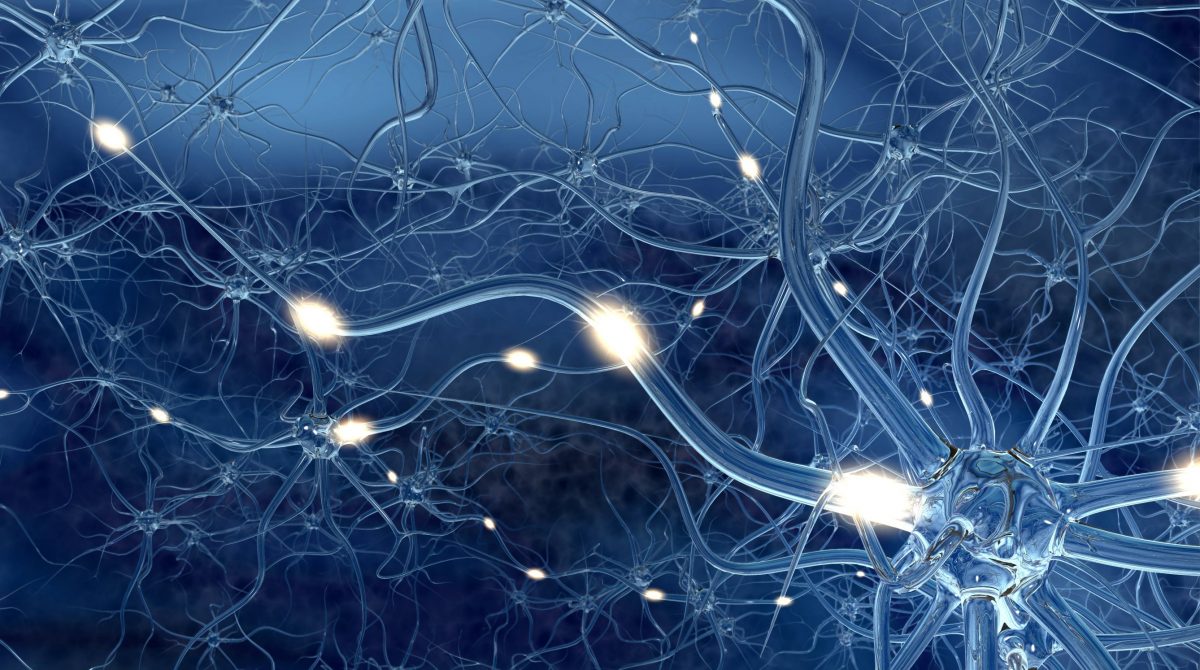You’ve heard it before; a friend of a friend had a typically developing baby, uttering words or even sentences, laughing and smiling at loved ones, and playing with toys and children. Then, suddenly, a catastrophic regression.
Research suggests that even in these cases of seemingly sudden regression, signs of autism spectrum disorder (ASD) were often present but overlooked during development. Often, regression occurs in children without ASD. And what about children without regression? Is there anything we can do to identify the sometimes subtle signs early on?
A study in the Journal of Developmental and Behavioral Pediatrics estimates some 80% of diagnosed cases of ASD did not exhibit regressive symptoms such as loss of previously acquired language, or social skills including the use of gestures, or emotion and eye gaze.
What causes ASD?
It is important to note that ASD has been empirically proven, time and time again, to be almost exclusively genetic in its etiology. Like many genetic disorders, the genotype (or what a person’s genetic code says is likely to happen) may in a smaller number of cases be turned on by some unknown factor in the environment. This results in the phenotype(or how a person’s genetic code expresses itself through symptoms) of ASD showing up. Some front-line research has determined specific subgroups of ASD based on genetic analysis.
A person is most likely to be born with the symptoms of ASD if it’s in their genes, or a person’s symptoms of ASD may show up a bit later (usually around 18-20 months if regressive autism is present). Researchers believe regressive autism shows up around this time because the brain develops in very predictable ways and experiences a significant growth event during this time which appears to activate the expression of its symptoms. ASD can also be acquired through brain injury due to medical illness, mitochondrial disorder, or traumatic brain injury.
ASD is often considered a comorbid disorder, meaning it often occurs alongside other predictable diagnoses or those that are prevalent within a family tree. Some of these comorbid diagnoses include depression, speech-language delay, sensory processing disorders, apraxia, schizophrenia, epilepsy, sleep disturbance, attention-deficit hyperactivity disorder (now simply called ADD), gastrointestinal and/or feeding issues, anxiety, broad autism phenotype(BAP), and bipolar disorder.
What are the early signs of ASD?
Some preliminary research has indicated a relationship between impaired pupillary light reflex(PLR: an involuntary pupil response to light) and ASD, among other neurodevelopmental disorders, in babies as early as 6 months of age. Other studies have indicated reliable physical dysmorphology, classifications for ASD, and even facial structure analysis classifications, each associated with various outcomes or symptomology.
But what about a set of new parents gazing at their toddler, dreaming of the future, and analyzing each new milestone? All babies and toddlers will occasionally bite or line up their toy cars, or spin around in circles in the living room. When should we be concerned? Disclaimer: A child with any symptoms or behavior of concern should be evaluated by a pediatrician. It is always possible that a medical diagnosis, physical discomfort, or can induce some of the symptoms described below.
• 6 to 12 months
-
- 1. Over-or under-reacting to new faces:
Babies and toddlers experience predictable patterns of “clinginess” or fear of unknown people, but babies who will later be diagnosed with ASD may be happy to go to any new person without crying or fear throughout their toddler months. Alternatively, they may exhibit extremely negative reactions to even familiar people for extended periods of time (longer than the expected phases). Toddlers who go on to have ASD may also gaze deeply into another person’s eyes without attempting to communicate and at a close range.
-
- 2. Lack of affect or affect at unexpected times:
Babies as young as 6-8 weeks begin to show affect such as smiling at a loved one. Babies and toddlers who consistently do not engage in reciprocal positive affect or show emotions and facial expressions appropriate to what is happening, or who consistently giggle and laugh at inappropriate times, for example, are showing unusual responses to their environments.
-
- 3. Over- or under-reacting to sounds, lights, or touch:
Babies and toddlers are bound to have preferences and dislikes. But babies and toddlers who consistently show over- or under-reactions to sensory input may be at risk for sensory processing concerns or other developmental concerns. Any child who does not reliably turn in response to their name being called by 7-9 months should be evaluated for hearing impairment or other medical or developmental concerns.
-
- 4. Lack of social engagement such as eye contact, interactive games, or social imitation:
Humans learn by imitating others, and this is a crucial skill for the development of other behaviors throughout life. Babies and toddlers who do not make, or avoid eye contact or do not watch others, they are at risk for further developmental delays. Most babies begin making eye contact reliably by 3 months of age, and gestures such as waving, reaching, and clapping by around 9 months. By around 6 months, babies may laugh at peek-a-boo and be able to initiate it between 9 and 12 months.
-
- 5. Repetitive movements:
Many babies and children engage in some repetitive body movements, but persistent engagement in repetitive movements that appear to have a sensory nature may indicate the cause for concern when those movements interfere with safety, learning, or play. These movements are unique to each individual and are often present in children who do not go on to be diagnosed with ASD, but repetitive movements in addition to other symptoms may prompt a visit to a developmental pediatrician. Flapping hands with or without a widely opened mouth, toe-walking, swaying or rocking, rapid pacing, or passing objects in an unusual manner in front of the eyes are some common repetitive or stereotyped movements.
• 12 to 24 months
-
- 1. Limited or a typical speech:
Babies as early as 6 months may begin to make individual words, but by 12 months, most toddlers have a few consistent and clear words. If your baby used words but has stopped using them consistently, or if your baby has not developed at least a few intelligible words by 12 months, contact your developmental pediatrician. Likewise, if your child uses language in non-functional ways such as repeating video phrases or echoing your words, but not for functional use, a referral may be in order.
-
- 2. Difficulty following directions
Not to be confused with non-compliance, a toddler’s inability to understand or be motivated to follow simple directions may demonstrate a receptive language deficit. Receptive language is the language a person understands, even if they aren’t able to speak it.
-
- 3. Restricted interests:
Children of all ages have preferences and may (much to your chagrin) watch the same movie or read the same book over, and over, and over again. But toddlers who demonstrate restricted interests may prefer activities or items in a non-functional manner or prefer unusual items or activities. Likewise, the item or activity may be perfectly functional or age appropriate but may be so excessive that the toddler is unable to engage with other activities.
• 24 to 36 months:
-
- 1. Lack of interest or understanding of simple imaginative (pretend) play:
Toddlers by 3 years of age should be able to use an object as something else, such as a toy block as a phone, and babble into it. They may use dolls and act out play schemes and conversations with them or pretend to read a book to you. If your toddler is not yet saying “hello?” into their banana, it may be worth a trip to the developmental pediatrician.
-
- 2. Showing no or little interest in other children:
Before 3 years of age, toddlers have a natural tendency to follow, watch, or imitate other children. You may attempt to encourage even shy toddlers to play near children (called parallel play), and if the toddler still does not watch or show interest in others, there may be cause for concern.
-
- 3. Extreme reaction to changes in expected routines:
Children (and adults) often demonstrate anxiety symptoms when things change, especially preferred routines. But toddlers who are consistently unable to cope or soothe themselves when unplanned detours happen may be entrenched in those routines and be demonstrating inflexibility that is unexpected for their age.
If you have questions or concerns about the development of your baby or toddler, reach out and trust your gut. Research indicates that parents should trust their gut when it comes to the development and medical concerns of their children. Contact your pediatrician or a local clinic to locate a developmental specialist if you have concerns. Early intervention is key for allowing your child to access all that their social environment has to offer.









